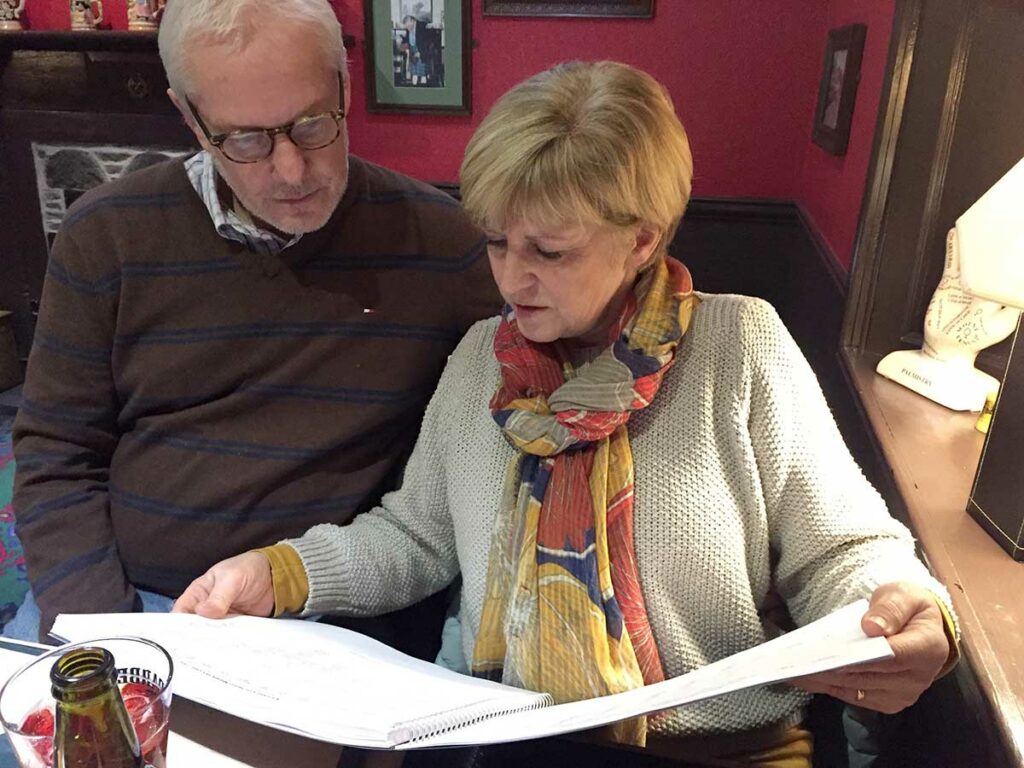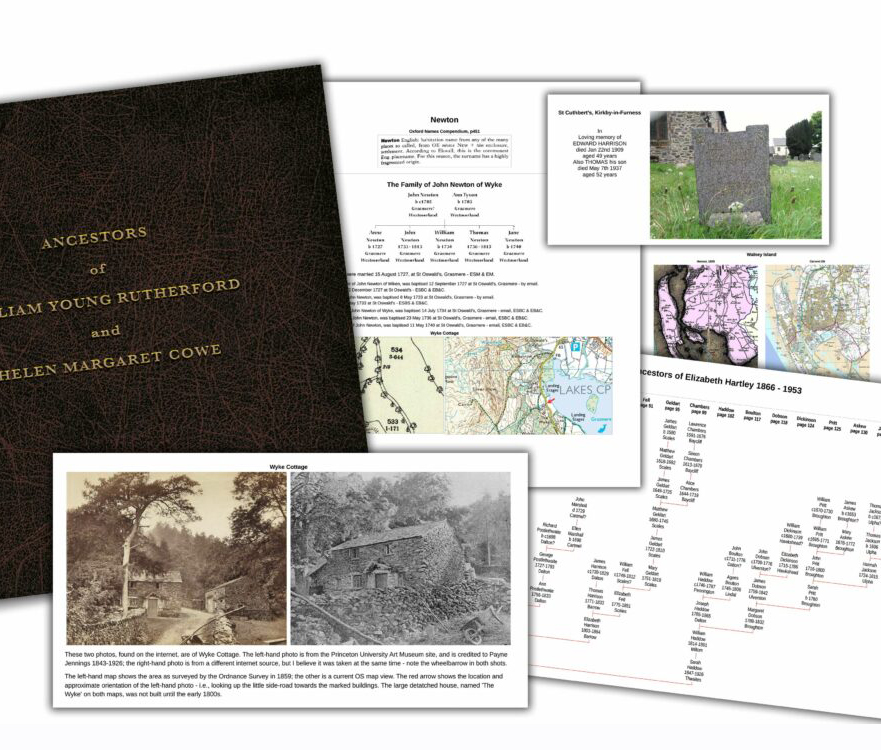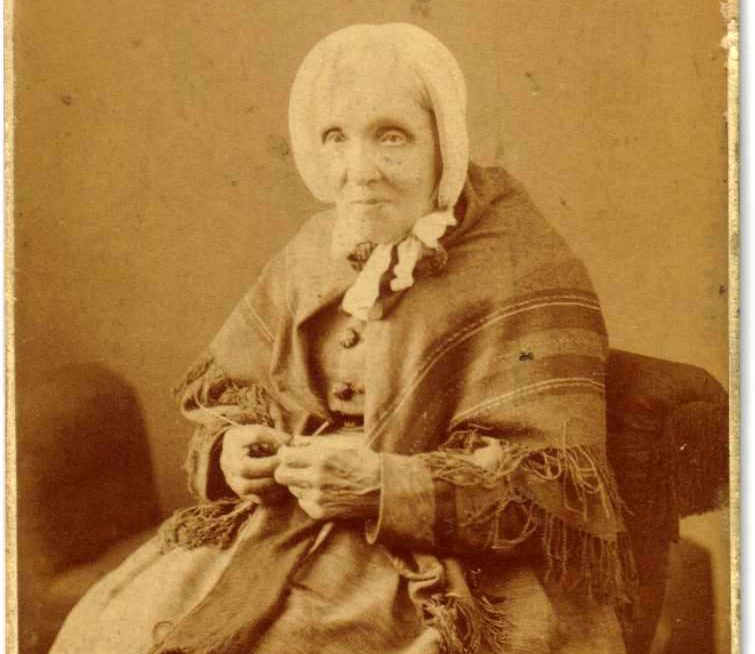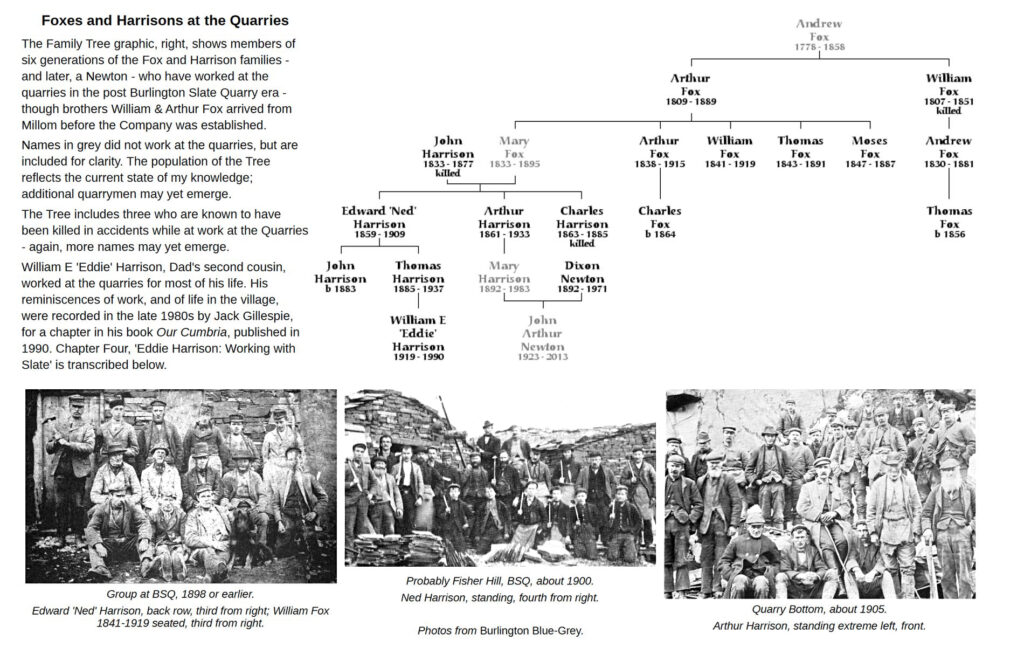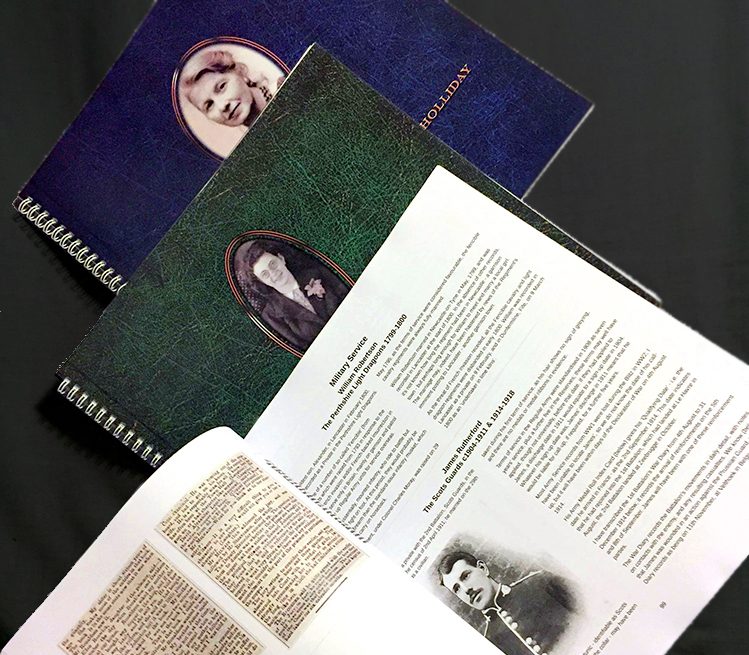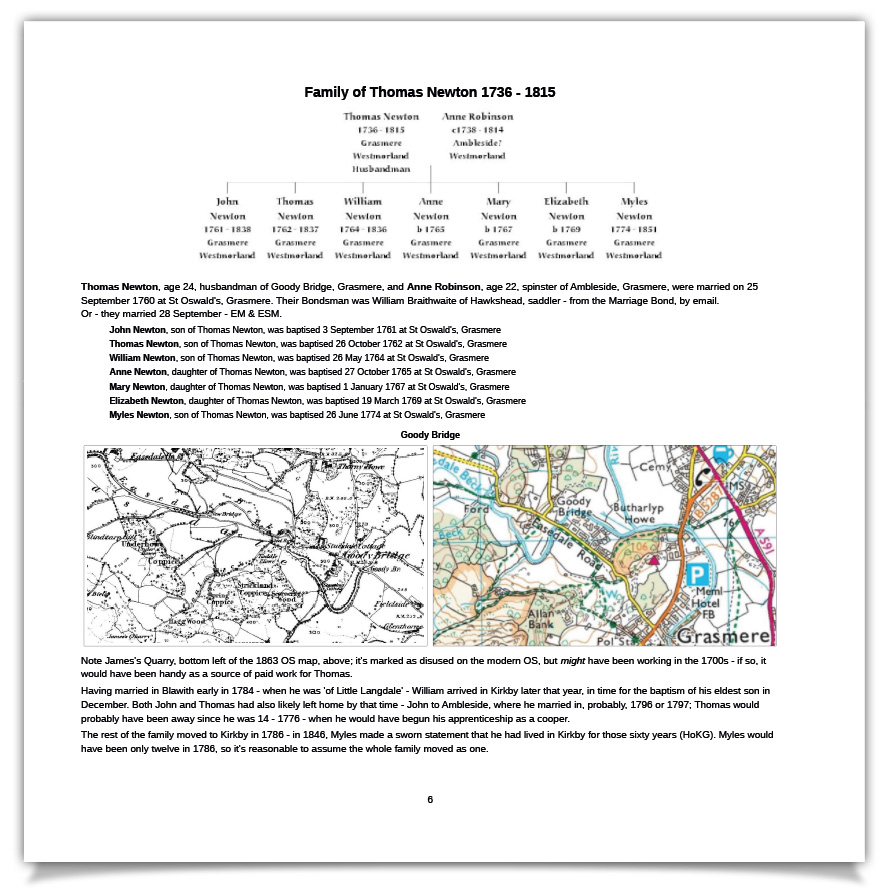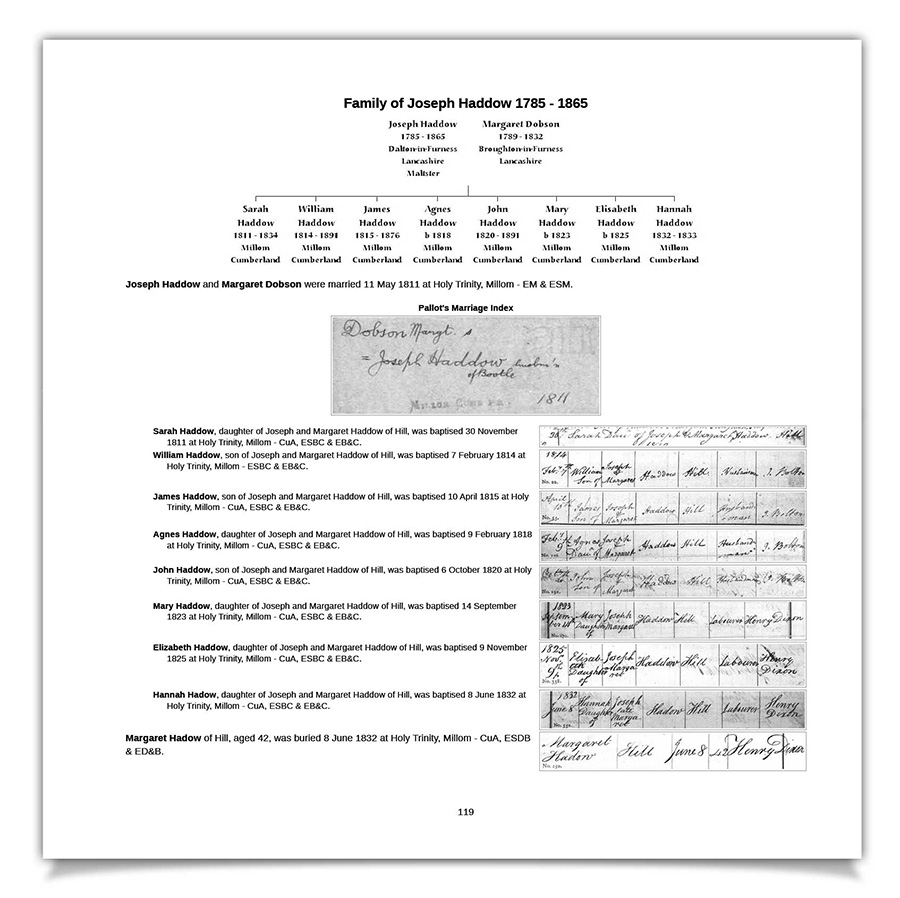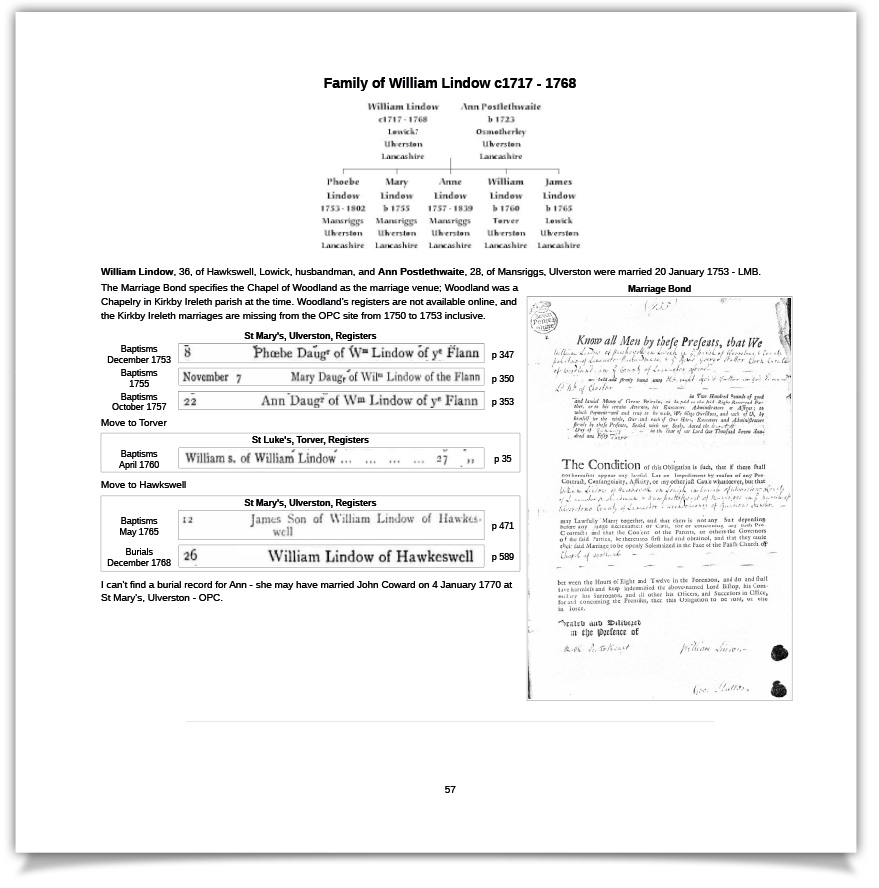Our website uses Cookies - by using this site or closing this message you're agreeing to our Cookie Policy and Privacy Policy
xMy Journey
My first foray into family history research was in 2005, when I began researching my then partner’s family as a Golden Wedding present for her parents. I discovered that I had a knack for extracting information from online databases, but that collating and organising it all in a way that made it accessible to non-genealogists was likely to be difficult. The presentation of a lever-arch binder stuffed with printouts of census record images together with some pages of typescript was unsatisfactory to me, though it was well enough received at the time.
I installed a Family Tree maker software, and tried that, but it frequently crashed on my (then elderly) PC. As I already had a web-editing software (Dreamweaver) installed, I tried using that to create a series of linked ‘web’ pages operating from my hard drive. This could be copied to CD and distributed to family members, who could view it on PC without the need to install special software. It worked a treat and allowed users to ‘browse’ through generations and across families with ease.
I worked out a system with one ‘nuclear’ family per page, linked to ancestral, descendant and related families’ pages, with records – both text and image – on the same page.
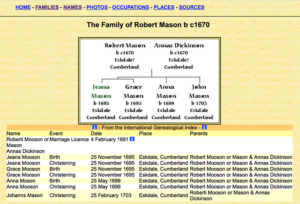
After offering my services on a word-of-mouth basis, I fulfilled a number of research commissions from friends and friends-of-friends, who all seemed pleased with my efforts.
As my own tree grew, however, its ‘website’ became larger and more difficult to navigate; harder to locate a person or family and easier to get lost in. I also became increasingly aware that there were those who – perhaps working on-screen all day – would have preferred to have their family tree off-screen, in a book. So I attempted to transfer a part of my family tree into a printable A4* document. I quickly found that A4 ‘portrait’ pages rendered many record images – notably the later UK and US censuses – at too small a scale to be legible, though readable on-screen by zooming-in.
At this point I enlisted the services of my graphic designer sister and brother-in-law who run a Design/Print business. We experimented with a couple of pieces of work at A3 size, and found that virtually all record images were legible, but that the resulting book was a bit large and cumbersome to browse.
The best of both worlds was achieved by cropping the A3 page square, preserving the width of the A3, while reducing the height to that of an A4 page. The resulting book is much easier to handle than the A3, while preserving the legibility of the record images, and it can be bound as if A4 size.
Our Family Tree has been transferred, with some additional research, to this format and the current edition totals more than 400 pages, in three volumes. It has been enthusiastically received, including by at least one family member who had been unable to get to grips with earlier ‘website’ versions of our Tree.
My research continues: as every researcher – whether scientific, historical or genealogical – knows, the more you learn, the more you realise is yet to be learned, and every answer found raises more questions to be answered. …And I still have dozens of index entries and transcripts for which images are yet lacking!
*A4 is 21cm x 29.7cm or 8¼” x almost 11¼”, a little larger than the US ‘letter’ size;
A3 is double A4 size, i.e. 29.7cm x 42cm or just under 11¼” x 16½”.
